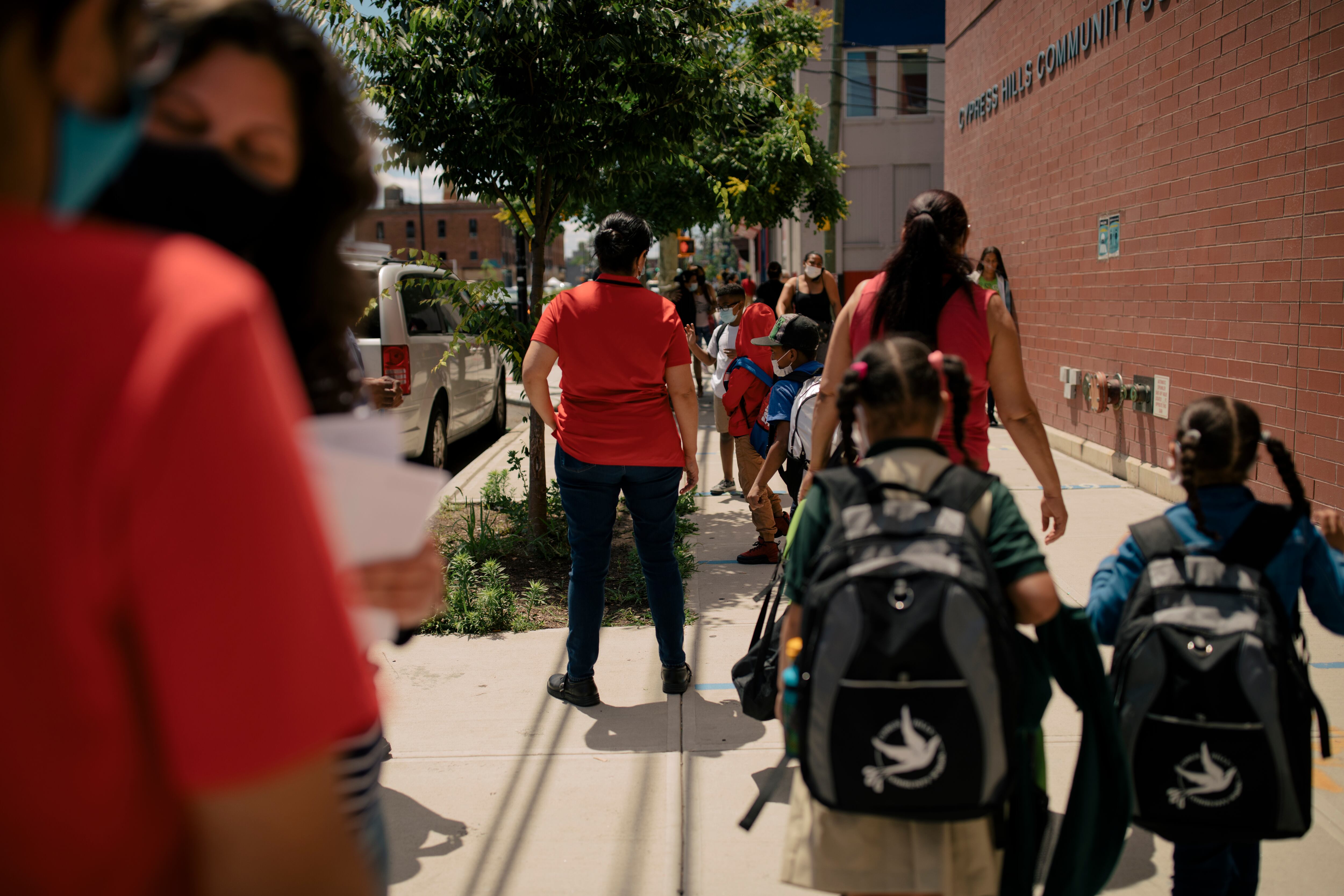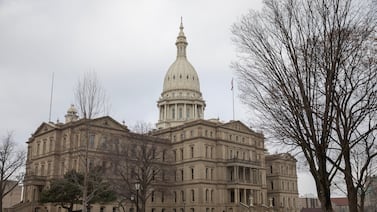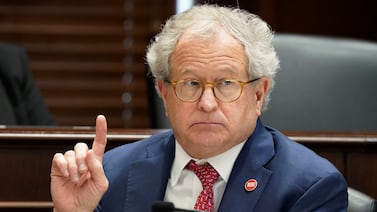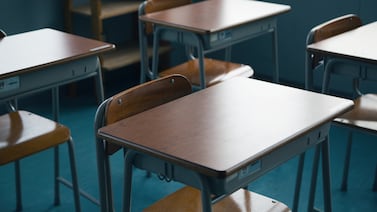New York families on public assistance can expect an additional boost to their wallets this month to help cover back-to-school costs, Gov. Kathy Hochul’s office announced Thursday.
The one-time payments come as inflation has tightened household budgets across the country, making the annual shopping trip for notebooks, pencils and backpacks a greater financial burden, particularly for low-income families.
State officials will begin distributing the money Friday. Families on public assistance will receive $214 for each of their children ages 3-17. For each child under 3, families will receive $150.
Public assistance provides cash to low-income families for up to 60 months who may have trouble meeting basic needs, such as housing, according to the governor’s office.
The payments are expected to reach 136,377 children ages 3-17 across the state and another 34,300 children under the age of 3. While more recent data wasn’t immediately available, nearly 150,000 New York City children received public assistance in 2019, according to the Citizens Committee for Children.
The extra help could provide some relief for families who had also benefited from the expanded child tax credit, which provided extra money to more families with children — up to an additional $1,600 a year for children under 6 and up to $1,000 for ages 6-17. Advocates had expected the federal initiative to lift a quarter of a million New York children out of poverty, but Congress did not renew it for this year.
State officials will spend $44 million of federal COVID stimulus funds on this initiative, according to the governor’s office. That money comes from the Pandemic Emergency Assistance Fund, meant to provide one-time benefits to families “with a specific short-term situation or need,” a news release said.
“As New Yorkers prepare to send their children back to school this fall, these one-time payments will help struggling families across the state pay for education supplies and other household expenses that may otherwise pose a burden on their household budget,” Hochul said in a statement.
For more information on the state’s public assistance program, call 1-800-342-3009, and wait for the option for “temporary assistance.”
Correction: An estimated 136,377 New York children ages 3-17 will receive this benefit, not 184,000, as a previous version of this story mentioned based of incorrect data issued by the state.
Reema Amin is a reporter covering New York City schools with a focus on state policy and English language learners. Contact Reema at ramin@chalkbeat.org.






